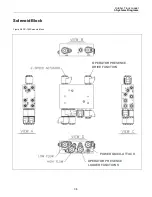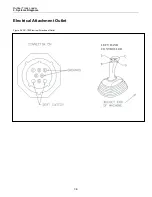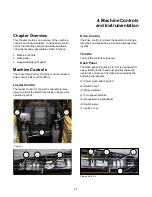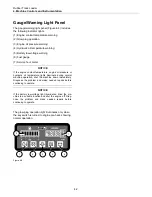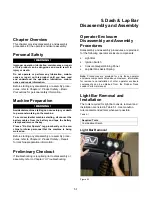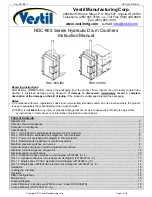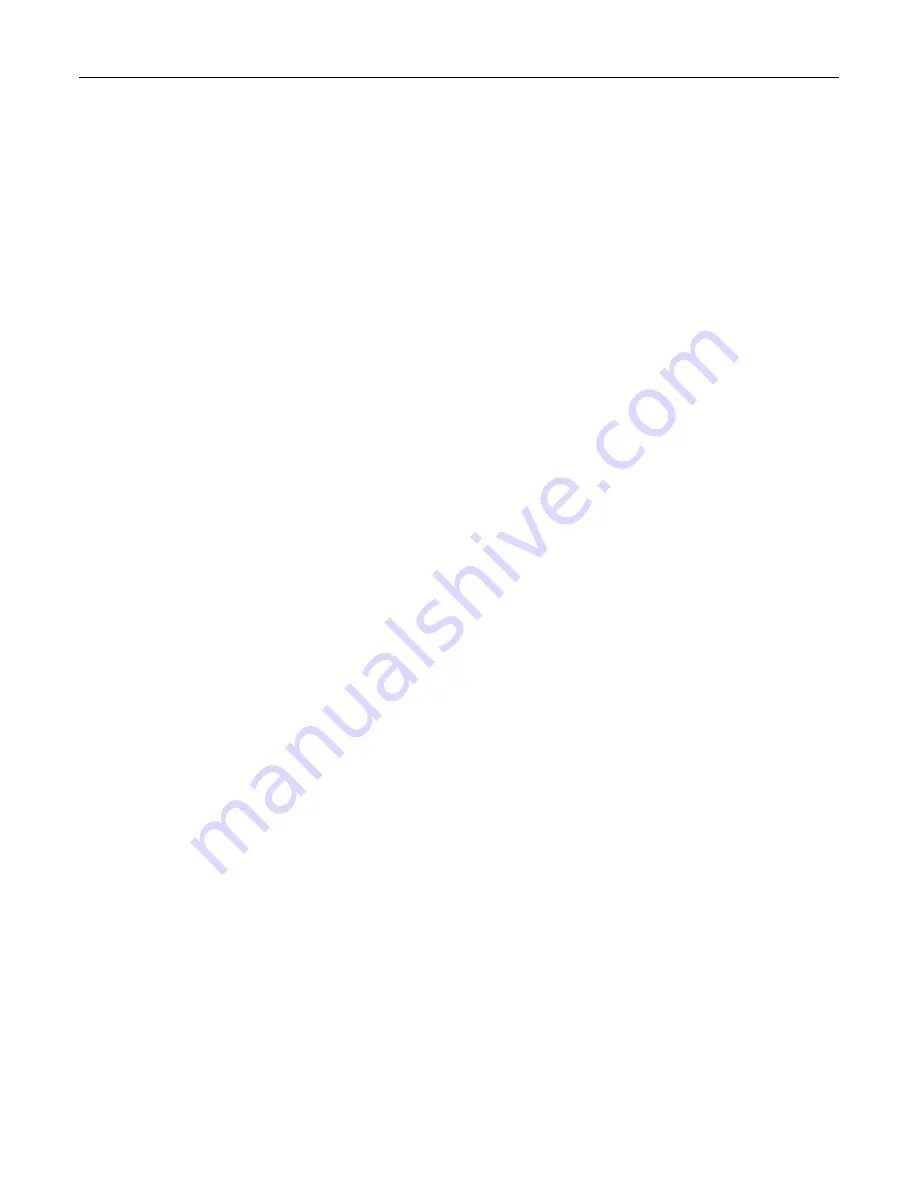
Rubber Track Loader
1. Product Safety
1-2
Protective Equipment
Always wear a hard hat, protective glasses, protec-
tive shoes and other protective equipment as re-
quired by job conditions when working around this
product. In particular, wear protective glasses when
pounding on any part of the product or its work tool
with a hammer or sledge. Use welders gloves,
hood/goggles, apron and other protective clothing
appropriate to the welding job being performed. Do
not wear loose clothing or jewelry that can catch on
parts of the product.
Mounting and Dismounting
Use steps and handholds when mounting or dis-
mounting a machine. Clean any mud or debris from
steps or work platforms before using them. Always
face the machine when using steps and handholds.
When it is not possible to use the designed access
system, provide ladders, scaffolds, or work platforms
to perform safe repair operations.
Lifting
Use a hoist when lifting components that weigh 23
kg (50 Ib) or more, to avoid back injury. Make sure
all chains, hooks, slings, etc., are in good condition
and are of the correct capacity. Be sure hooks are
positioned correctly and equipped with a spring
latch. Lifting eyes are not to be side loaded during a
lifting operation.
Hot Fluids and Parts
To avoid burns, be alert for hot parts on machines
that have just been stopped and hot fluids in lines,
tubes and compartments.
Be careful when removing fill caps, breathers and
plugs on the machine. Hold a rag over the cap or
plug to prevent being sprayed or splashed by liquids
under pressure. The danger is even greater if the
machine has just been stopped because fluids can
be hot.
Corrosion
Inhibitor
Corrosion inhibitor contains alkali. Avoid contact with
eyes. Avoid prolonged or repeated contact with skin.
Do not take internally. In case of contact, wash skin
immediately with soap and water. For eyes, flush
with large amounts of water for at least 15 minutes.
Call Physician. Keep out of reach of children.
Batteries
Do not smoke when inspecting the battery electro-
lyte level. Never disconnect any charging unit circuit
or battery circuit cable from the battery when the
charging unit is operating. A spark can cause an
explosion from the flammable vapor mixture of hy-
drogen and oxygen that is released from the electro-
lyte through the battery outlets. Do not let electrolyte
solution make contact with skin or eyes. Electrolyte
solution is an acid. In case of contact, immediately
wash skin with soap and water. For eyes, flush with
large amounts of water for at least 15 minutes.
Call
Physician. Keep out of reach of children.
Pressurized
Items
1.
Always use a board or a piece of cardboard
when you check for a leak. Leaking fluid under
pressure can penetrate body tissue. Fluid pene-
tration can cause serious injury and possible
death. A pin hole leak can cause severe injury. If
fluid is injected into your skin, get treatment im-
mediately. Seek treatment from a doctor that is
familiar with this type of injury.
2.
Relieve all pressure in air, oil or water systems
before disconnecting or removing any lines, fit-
tings or related items. Always make sure all
raised components are blocked correctly and be
alert for possible pressure when disconnecting
any device from a system that utilizes pressure.
3.
Lower the bucket, blade, or other work tool to
the ground before performing any work on the
machine. If this cannot be done, make sure the
bucket, blade, or other work tool is blocked cor-
rectly to prevent it from dropping unexpectedly.
4.
Loose or damaged fuel, lubricant and hydraulic
lines, tubes and hoses can cause fires. Do not
bend or strike high-pressure lines or install ones
that have been bent or damaged. Check lines,
tubes and hoses carefully. Do not use your bare
hand to check for leaks.
5.
Pressurized air or water can cause personal in-
jury. When pressurized air or water is used for
cleaning, wear a protective face shield, protec-
tive clothing, and protective shoes. The maxi-
mum air pressure for cleaning purposes must be
below 205 kPa (30 psi). When using a pressure
washer, keep in mind that nozzle pressures are
very high, generally pressures are well above
13790 kPa (2000 psi). Follow all recommended
practices provided by the pressure washer
manufacturer.

















